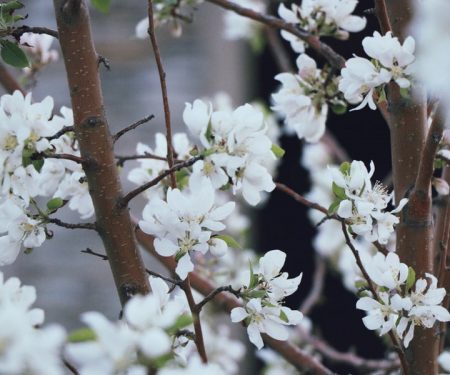06 Apr Pruning Mature Trees

Trees require care to maintain their safety and aesthetics. Proper tree pruning is the most common tree maintenance procedure. However, improper pruning can cause damage that will last for the life of the tree or even shorten the trees life.
Reasons for Pruning Trees:
Common reasons for tree pruning are to remove crowded or rubbing limbs, remove dead branches and to eliminate hazards. Trees may also be pruned to increase light and air penetration to the inside of the tree’s crown or to the landscape below. In most cases, mature trees are pruned as a corrective or preventive measure.
When to Prune:
Most routine pruning to remove weak, diseased or dead limbs can be done at any time during the year with little effect on the tree. As a rule, growth is maximized and wound closure is fastest if pruning occurs before the spring growth flush.
Heavy pruning just after the spring growth flush should be avoided. At that time, trees have just expended a great deal of energy to produce foliage and early shoot growth. Removal of a large amount of foliage at that time can stress the tree.
How Much Should be Pruned:
The amount of live tissue that should be removed depends on the tree size, species, age and the pruning objectives. Younger trees tolerate the removal of a higher amount of living tissue better than mature trees do. An important factor to remember is that a tree can recover from several small pruning wounds quicker than from one large wound.
A common mistake is to remove too much inner foliage and small branches. It is important to maintain an even distribution of the foliage along large limbs and in the lower portion of the crown. Overthinning reduces the tree’s sugar production capacity and can create tip-heavy limbs that are prone to failure.
Mature trees should require little routine pruning. The older and larger a tree becomes, the less energy it has in reserve to close wounds and defend against decay or insect attack. The pruning of large mature trees is usually limited to removal of dead or potentially hazardous limbs.
Specific types of pruning may be necessary to maintain a mature tree in a healthy, safe and attractive condition. Our professional estimators at Beaver Tree Service, LLC can determine the type of tree pruning necessary to improve the health, appearance and safety of your trees.
